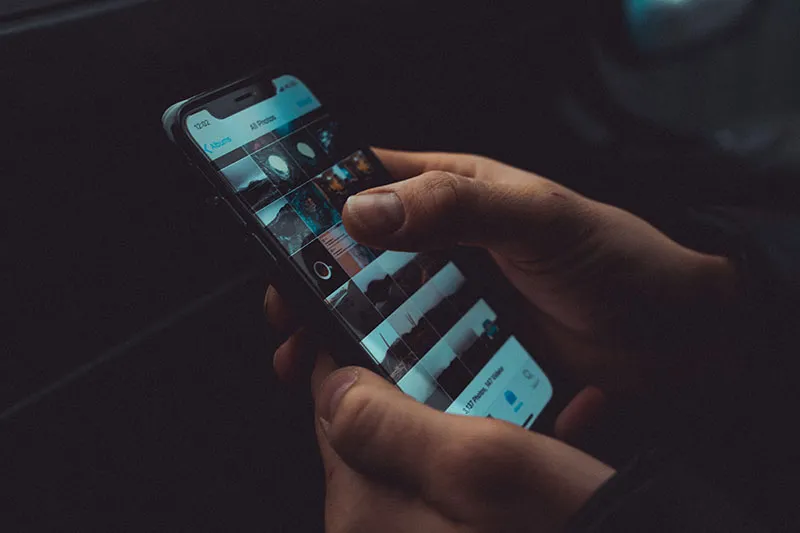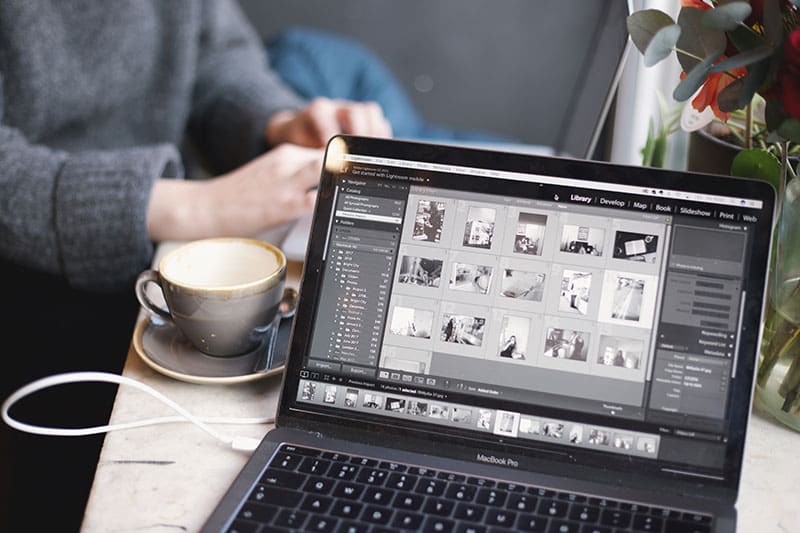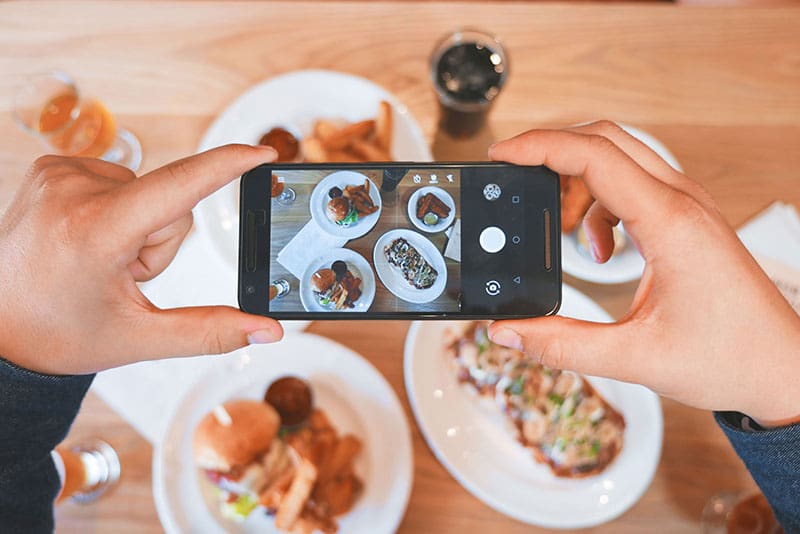
Business texting doesn’t mean text-only messages. Incorporating photos and sending images gives you a chance to grab the attention of your recipients.
Including an image also allows you to share extra details that may otherwise be difficult to share. For example, if you created a physical flyer for a promotion or event, you can also text people a version of it.
Here are three things to consider before you start sending images in texts to ensure you don’t interrupt your business process.
Image size
To be safe, multimedia messages should generally be about 300 to 600 kb because different carriers have different size limits. (Photos sent with Skipio can be up to 5 MB, or 5,000 kb.)
If your file exceeds the limit allowed by the recipient’s device, the file size, and therefore the quality, may be reduced automatically. Or the message won’t send at all.
Resize larger images with a basic photo editing program and you shouldn’t run into too many problems.

Image quality
Directly related to image size is image quality. Lower quality images will be smaller and therefore won’t disrupt your sending. But don’t think you can get away with blurry or grainy images. Images online are generally 72 dpi, so what you send should be around that size as well.
Luckily, smartphones have great cameras and taking a photo on your phone means it will suit size requirements and still look great.
Your images don’t need to be print-ready quality — they’ll be looked at on a phone after all — but recipients should be able to easily tell what they’re looking at. And if it’s an infographic or flyer, people need to be able to read it. (Choose your fonts and colors wisely.)
Of course there’s more to quality than technical specs. Any image you intend to send should relate to what you have to say — clickbait only gets you so far. Above all, make sure anything you use fits your brand and reflects well on your business. You know your audience, so choose images that serve them and your marketing.

Image ownership
Though the likelihood of you getting in trouble for using someone else’s images is perhaps low, it’s still a bad business practice. While you don’t necessarily need to purchase photos, take the time to source high-quality images.
It’s easier than ever to find free commercially licensed photos or images usable under Creative Commons. Explore sites like Unsplash or Negative Space to see examples of high-quality, royalty-free photos. Or better yet, take your own photos and create your own graphics!
With tools like Canva and Adobe Spark, designing your own graphics doesn’t have to be a struggle. Both programs provide templates and free or affordable stock photos (and they allow you to upload your own images as well).
In a world driven by visuals, everyone knows a good image when they see one. So take the time to carefully choose which images you send and when. If you do, you’ll catch people’s attention and encourage more responses.



